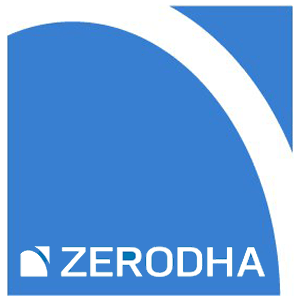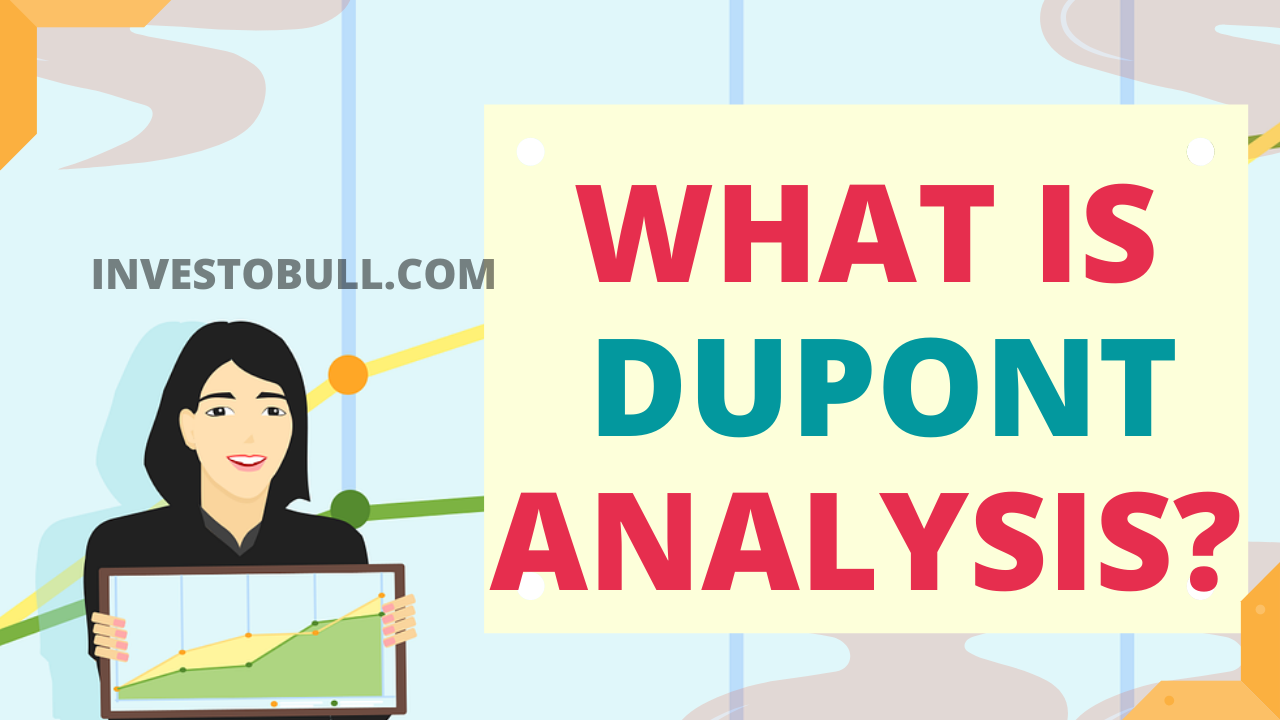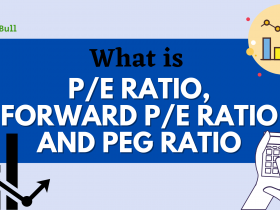Table of Contents
What is the Dupont Analysis?
DuPont analysis is a method to analyze the factors contributing to the increase or decrease in return on equity of a company. It also helps to analyze a company’s ability to increase its return on equity, thereby increasing return for its investors. This model uses elements of both balance sheets and profit and loss accounts to analyze the reasons behind rising ROE. In this post, you will know What is the DuPont Analysis Model? How to use it to Analyze ROE. ROE of a company can be divided into 3 components, which are
Net profit margin:
The Net profit margin shows how much net profit is generated by the company for each rupee of sales. If the net profit margin is 10% then it states that the company is able to earn a profit of 10% on its sales for its shareholders. If a company has a higher net profit margin then it is able to secure a considerable margin while selling its product and reflects that the company is operating in a segment with very low competition. The Net profit margin can be calculated by using the formula below.
Net Profit Margin of a company = Net profit / Total Sales
Let us take an example of a company which has Annual net profits of Rs 1000 and Annual sales of Rs 10000 then the net profit margin is calculated as
Net Profit Margin= Net profit/ Total sales = 1000/10000= 10%
Asset turnover ratio:
The Asset turnover ratio reflects the amount of sales generated by the company against per rupee of the asset used. If the asset turnover ratio is higher, more sales generated by the company with the use of its fixed assets. This asset turn over ratio reflects the ability of asset utilization by the company. The asset turnover ratio can be calculated by using the formula below.
Asset turnover ratio of a company = Total sales / Assets
Let us take an example of a company which has total sales of Rs 10000 and assets of Rs 200 then the asset turnover is calculated as
Asset Turnover= total sales / Assets = 1000/200 = 5
Equity multiplier or leverage:
The assets obtained by the company can either be funded from the shareholder’s fund or the outside loan taken by the company. Equity multiplier or leverage reflects the amount of assets funded by shareholder’s funds. The equity multiplier or leverage can be calculated by using the formula below.
Equity multiplier of a company = Assets / Shareholder’s fund
Let us take an example of a company which has assets of Rs 1000 and shareholder’s fund of Rs 400 then the leverage of the company is calculated as
Equity multiplier = Assets / shareholder’s fund = 1000/400 = 2.5
Understanding DuPont Analysis
DuPont Analysis provides a more comprehensive view of the Return on Equity of the company. It allows seeing the company’s strengths and weak points in the area where there is a scope for development. With the help of DuPont Analysis formula, a company can assess whether the lower ROE is due to low-profit margin, low asset turnover, or poor leverage if the shareholders are disappointed with lower ROE.
The ROE may come down due to accelerated depreciation in the initial years so it may not always be a concern for the company as it may also happen due to normal business operations. The DuPont equation can be further disintegrated to have an even deeper insight where the net profit margin is broken down into EBIT Margin, Tax Burden, and Interest Burden.
How is DuPont ROE calculated?
Basically in the DuPont analysis, the three components explained above are taken into consideration for the calculation. The simple ROE helps us in understanding the return generated by the company on its equity. While calculating Dupont ROE, we include a few more factors and calculate it as below,
DuPont ROE of a company = Profit Margin * Total Asset Turnover * Equity Multiplier
Drawbacks of DuPont Analysis
There are two major drawbacks of DuPont analysis, which are
Conclusion
DuPont Analysis is necessary for an investor as it helps to know the exact reason behind the change in ROE. The company is able to increase its profitability by increasing the Net Profit Margin without a change in the Financial Leverage. If the company is able to increase it’s ROE only due to an increase in Financial Leverage, it’s risky since the company is able to increase its assets by taking debt.
We need to check whether the increase in the company’s ROE is due to an increase in Net Profit Margin or Asset Turnover Ratio or only due to Leverage.
Also read,
How to select best stocks for investment
Recommended Brokers
 | No 1 STOCKBROKER IN INDIA Zerodha Free equity & mutual fund investments | Flat ₹20 intraday and F&O trades | Rating ★★★★★ | APPLY NOW |
 | GET FREE DEMAT ACCOUNT Upstox Fix brokerage of Rs. 20 per trade | Rating ★★★★ | APPLY NOW |
 | GET FREE DEMAT ACCOUNT Angel Broking 0 Brokerage on Equity Delivery | Rs 20 per order for Intraday and F&O trades | Rating ★★★★★ | APPLY NOW |



















Leave a Reply